Description
The 1,000-acre Big Darby Headwaters Nature Preserve encompasses a mixture of wetlands and streamside forests. Here, humble coldwater springs and streams emerge, forming the nourishing capillaries that are the lifeblood of Big Darby Creek’s permanent flow downstream.
These headwaters are fed by a complex of underground seeps, which contribute millions of gallons of clean, cold water to tributary streams of nearby Big Darby Creek.
These headwater streams—and the floodplains, forests and wetlands around them—are important not only for their influence on water quality and hydrology in the Big Darby, but also because they provide important habitat for plants and animals.
But this natural treasure faces many threats, including pollution from nearby development, as well as man-made changes to natural stream flows and habitat destruction.


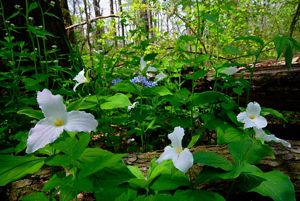
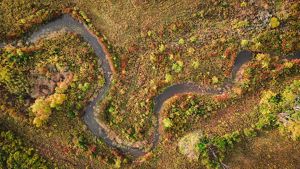
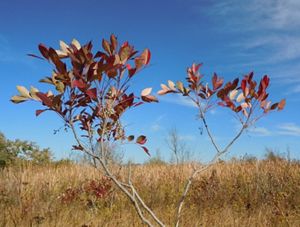
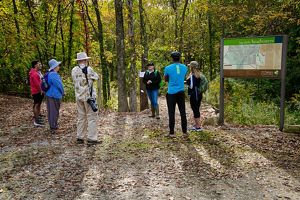
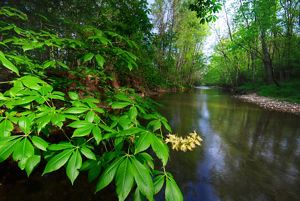
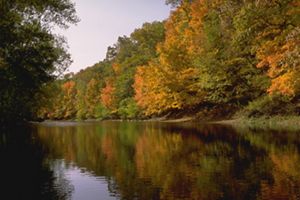
corr.JPG)
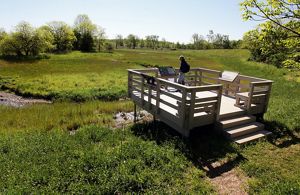
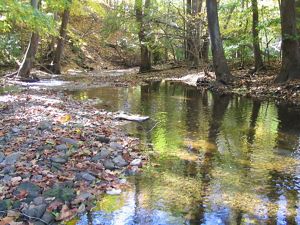

corr.JPG?crop=0%2C57%2C3008%2C1885&wid=750&hei=470&scl=4.010666666666666)




